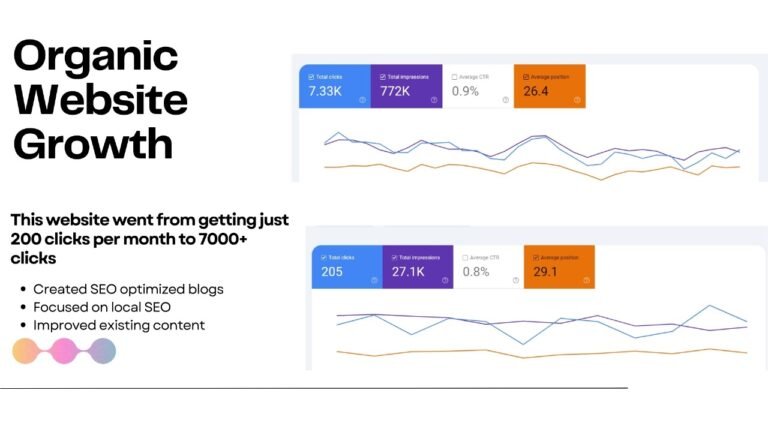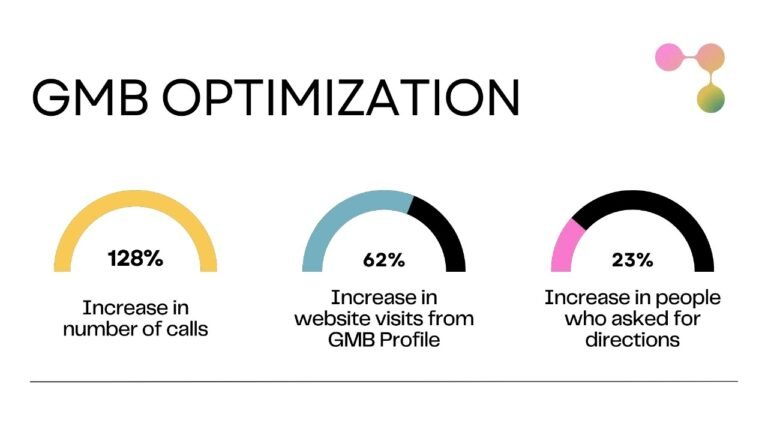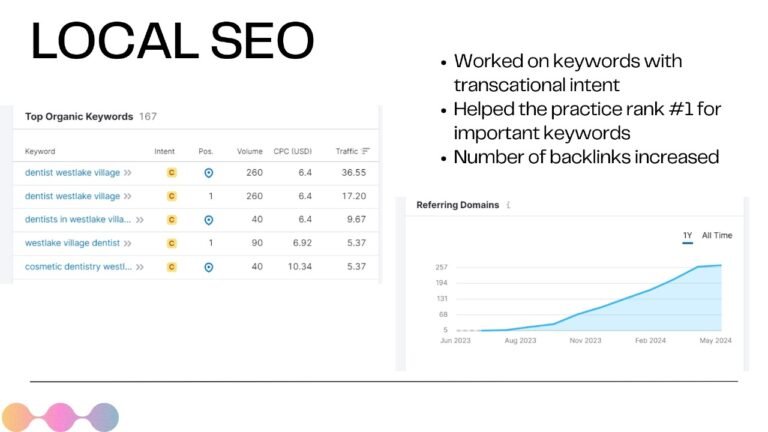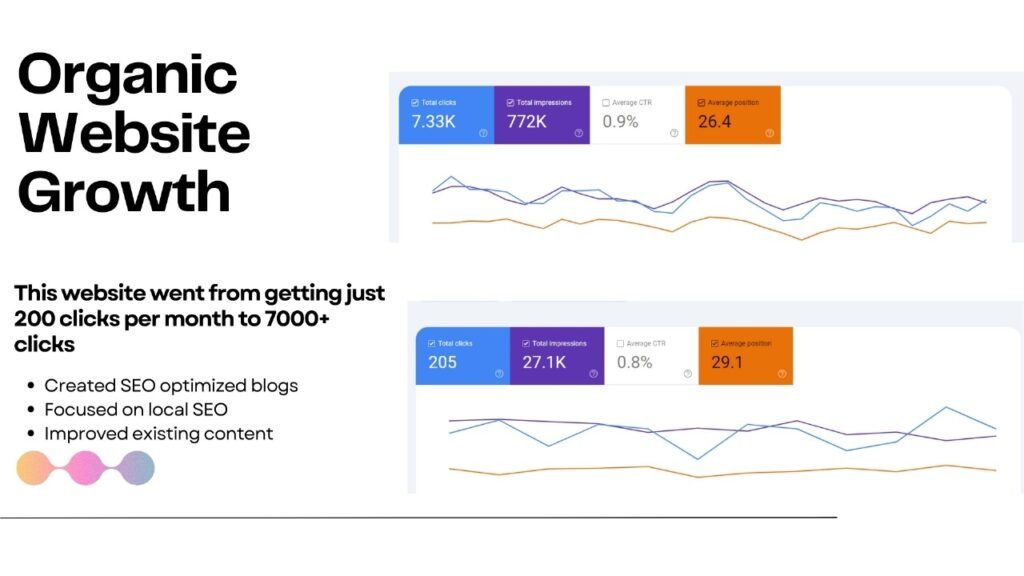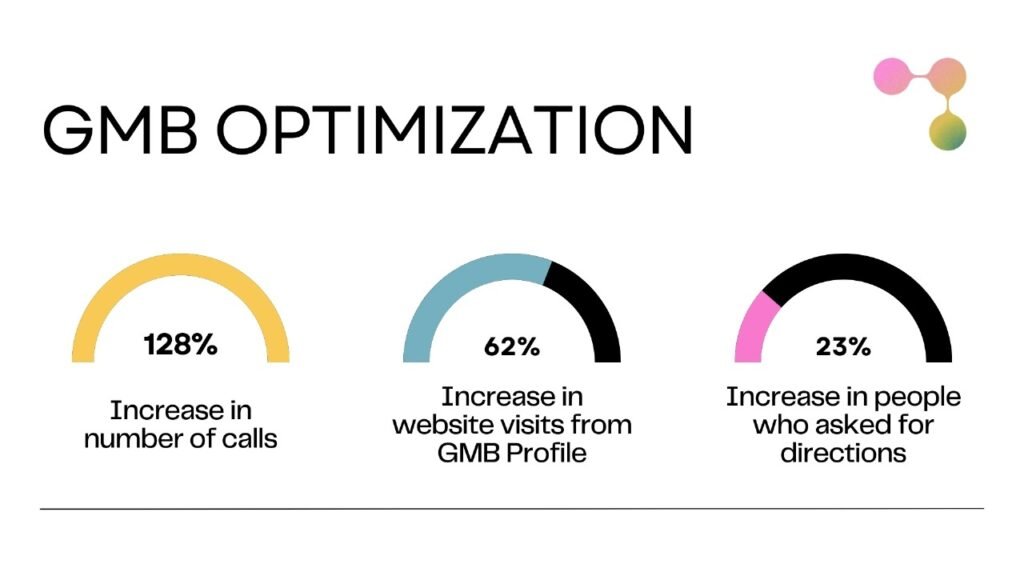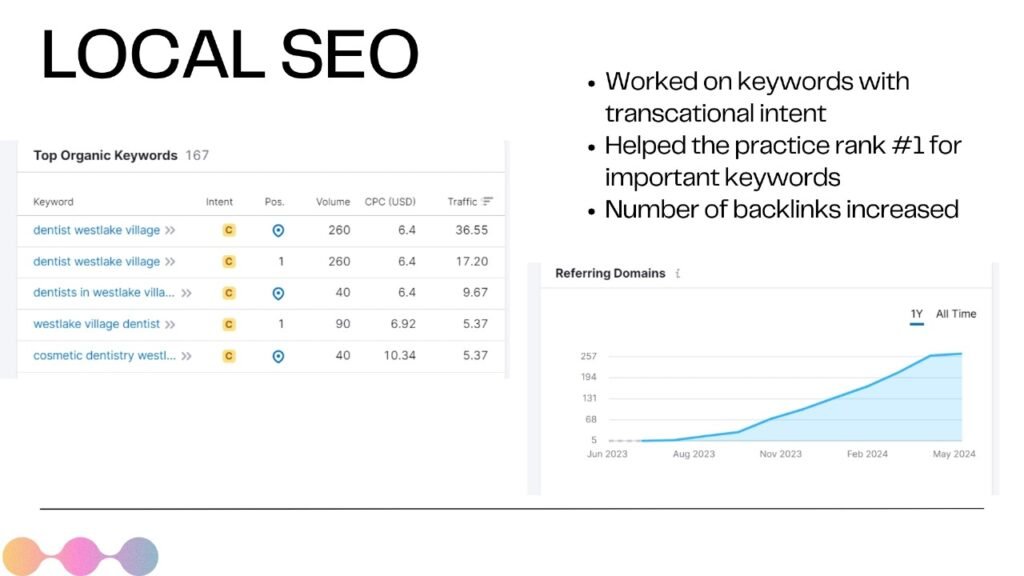Conducting a comprehensive SEO audit is essential to identify areas for improvement and to ensure your site remains competitive in search engine rankings. Here, we’ll talk about the step-by-step process of performing an in-depth SEO audit.
Understanding the Importance of an SEO Audit
An SEO audit is like a routine check-up for your website. It helps you uncover issues that may be hurting your site’s performance, from technical glitches to content-related problems. Regular audits can lead to improved visibility, higher rankings, and ultimately, increased traffic and conversions.
Step 1: Start with a Crawl
The first step in any SEO audit is to crawl your website using a tool like Screaming Frog, Ahrefs, or SEMrush. This crawl will provide you with a comprehensive overview of your site’s structure, including URLs, metadata, and links.
Key aspects to look for during the crawl include broken links, spammy content, page titles and meta description. Identify and fix any broken internal or external links. Ensure there’s no duplicate content, as it can hurt your rankings. Check for missing or duplicate titles and descriptions.
Step 2: Conduct a Manual Google Search
Performing a manual Google search of your brand and primary keywords helps you understand how your site is appearing in search results. Look for:
- Indexing Issues: Ensure all key pages are indexed.
- Brand Searches: Check how your brand appears in search results and if there are any negative results or incorrect information.
- Keyword Rankings: Assess where your primary keywords rank.
Step 3: Analyze Google Search Console Data
Google Search Console is a treasure trove of data. Use it to identify issues and opportunities. Look for pages that aren’t indexed or have errors. Ensure your site is mobile-friendly. Also, Check your site’s performance metrics like LCP, FID, and CLS.
Step 4: Review Your Site’s On-Page SEO
On-page SEO elements are critical for ranking. Ensure that:
- Content is Optimized: Check that your content is targeting the right keywords and provides value to the reader.
- Headers and Subheaders: Use H1, H2, and H3 tags properly.
- Image Alt Text: All images should have descriptive alt text.
- Internal Linking: Ensure a robust internal linking structure to help with navigation and SEO.
Step 5: Check Technical SEO Factors
Technical SEO can significantly impact your site’s performance. Focus on site speed. A fast-loading site is crucial. Use tools like Google PageSpeed Insights to check and improve load times.
Ensure your site is secure with HTTPS. Also, verify that your sitemap is up-to-date and submitted to Google. Make sure your robots.txt file is not blocking important pages.
Step 6: Evaluate Your Backlink Profile
Backlinks remain a significant ranking factor, making it crucial to manage them effectively. Using tools like Ahrefs or Moz can help you assess the quality of your backlinks. Ensure you have high-quality backlinks from reputable sites, as these contribute positively to your site’s authority and ranking.
It’s important to identify and disavow any spammy or toxic links that could harm your SEO efforts. Tools like these also allow you to check the variety of anchor texts used in your backlinks, ensuring a healthy distribution and preventing over-optimization.
Step 7: Examine Content Quality and Structure
Content is crucial, and its quality and structure can MAKE or BREAK your SEO efforts. Focus on:
- Content Depth: Ensure your content is comprehensive and covers the topic thoroughly.
- User Intent: Make sure your content meets the searcher’s intent.
- Readability: Content should be easy to read and understand.
- Multimedia: Incorporate images, videos, and infographics to enrich your content.
Step 8: Assess User Experience (UX)
A positive user experience is crucial for SEO, directly affecting how visitors interact with your site and influencing search engine rankings. Mobile friendliness is essential; your site must be responsive and look good on all devices.
Effective navigation ensures users can find information quickly with intuitive menus and a logical structure. A clean, professional design improves user engagement, making your site visually appealing and easy to read.
Step 9: Monitor Competitors
Understanding your competition can provide valuable insights. Use tools like SEMrush to analyze your competitors’ strengths and weaknesses. Look for:
- Keyword Gaps: Identify keywords your competitors rank for that you don’t.
- Content Strategies: Analyze their content to find opportunities for improvement.
- Backlink Opportunities: Discover where your competitors are getting their backlinks.
Step 10: Create an Action Plan
After gathering all this data, create a detailed action plan to address the issues found. Prioritize tasks based on their impact on your SEO performance. Regularly monitor your progress and adjust your strategy as needed.
Conclusion
Performing a comprehensive SEO audit may seem daunting, but it’s a crucial part of maintaining and improving your website’s search engine performance.
By reading and implementing this guide accurately, you can identify and fix issues that may be holding your site back, leading to better rankings, more traffic, and ultimately, greater success.
This structured approach ensures that your SEO audit is thorough and effective, setting the stage for ongoing optimization and growth. Talk with our SEO experts for personalized SEO audits.

